Realistic Elk Wing Parachute Mayfly
Realistic Elk Wing Parachute Mayfly is an amazing mayfly imitation that is good for almost any type of water conditions. This is a very versatile pattern and can represent a mayfly in a number of different ways. Either that be an emerging mayfly, a mayfly dun, spent spinner, or a crippled mayfly that is unable to hatch – this fly will catch fish. Parachute hackle, elk wing, and a Realistic Extended Mayfly Body provide a perfect profile and make the fly float extremely well. It is realistic-looking: the body is extended, curved, and tapered, ending in a long tail, with exceptional details and coloring. The body has been made of foam-like, sturdy material, that gives this pattern great floating capability. Designed and tied in Europe with first-class materials to provide maximum action and many takes. Proven effectiveness, especially when fish is selective and finicky – this is definitely the fly to have in your fly box at all times.
Realistic Elk Wing Parachute Mayfly pattern comes in mayfly species that are most significant for fly fishing:
- Brown Drake (Ephemera simulans)
- Ephemera Danica
- Gray Drake (Siphlonuridae family)
- Eastern Green Drake (Ephemera guttulata)
- Western Green Drake (Drunella doddsii)
- Hexagenia (Hexagenia limbata)
- Sulphur – Pale Evening Dun (Ephemerella dorothea dorothea)
- Hendrickson – Red Quill – female (Ephemerella subvaria)
- Blue Winged Olive – BWO (Baetidae family)
- Gray Fox (Stenonema fuscum)
- Light Cahill (Stenonema canadense)
- White Mayfly (Ephoron leukon)
- March Brown (Rhithrogena morrisoni)
Each variation has been carefully designed to follow the particular species’ size, shape, proportions, and coloring.
Fishing Mayfly Dun Patterns
The majority of mayfly species molt in the spring and early summer, while others do it at different times of the year. You could have sporadic hatches of certain species even in the late fall and early spring. These sporadic times could be even more interesting and productive for trout (and for a fisherman). During early spring and the fall, mayflies hatch in the warm hours of the day – usually midday. In the summertime, this event moves more towards the morning and late afternoon or early evenings. Usually, the warmer the weather, the shorter the hatch is – an hour or two. With cooler weather, this can last a couple of hours. As mayfly duns float on the surface like little sailboats, this behavior dictates the method of presentation of the fly that is imitating it. When presenting a dun imitation to the trout, it has to be drag-free and from upstream, not giving a fish much opportunity to see the line or leader. This can be done by cross current reach cast. This way your fly will drift towards the trout before the line and the leader arrive.
To learn more about the mayfly life cycle and fly fishing techniques for different mayfly stages go here.

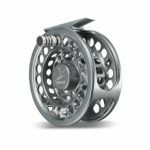
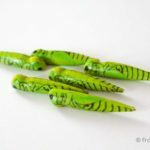
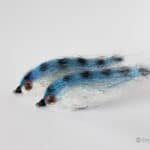
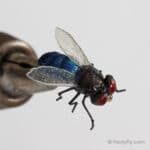
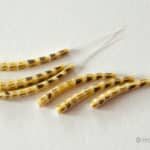
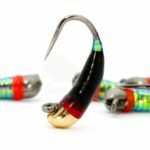
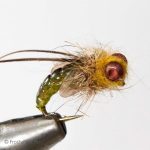
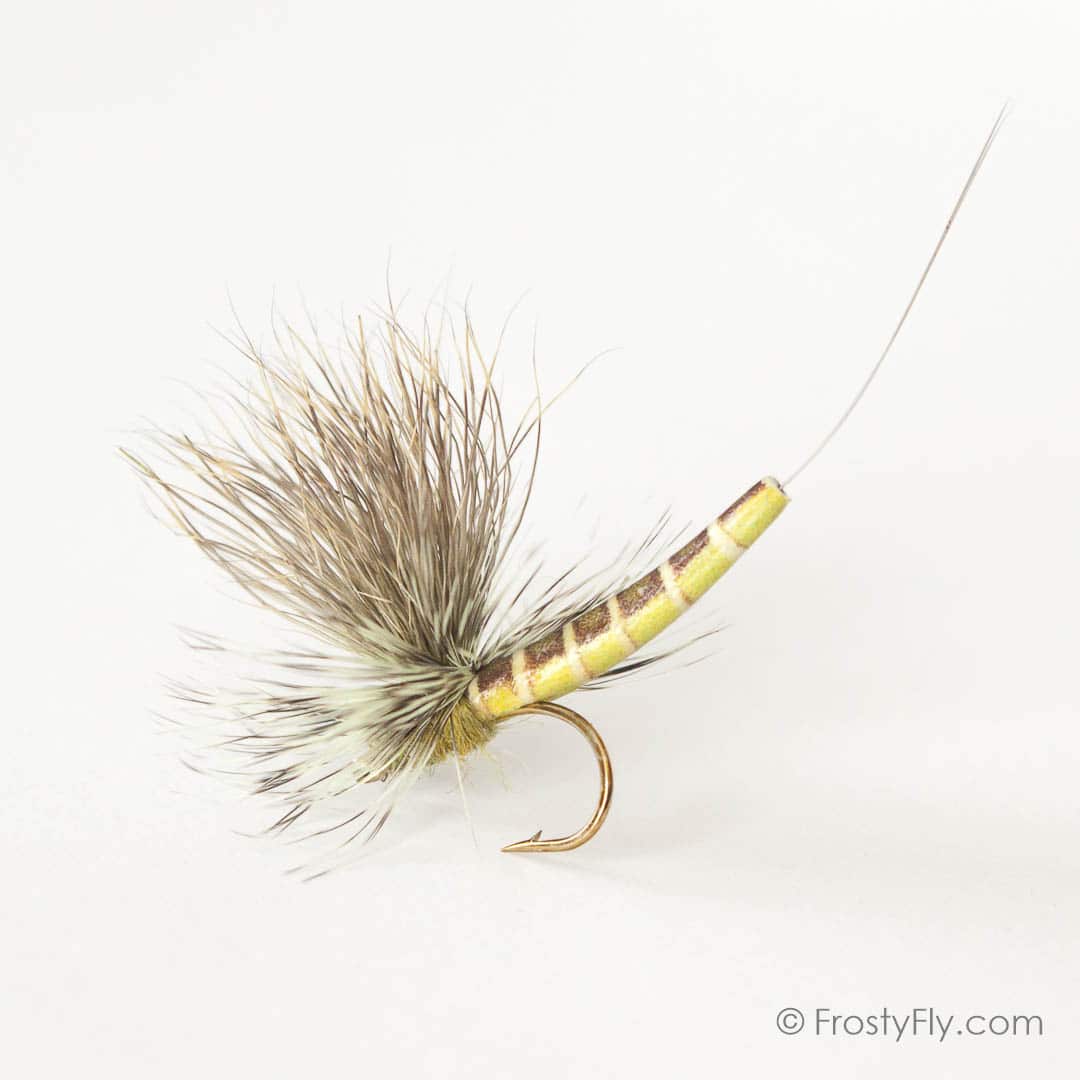
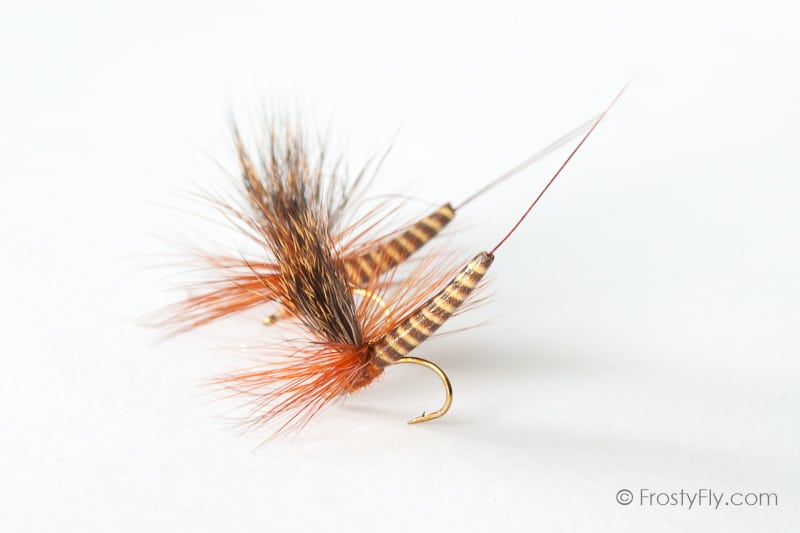
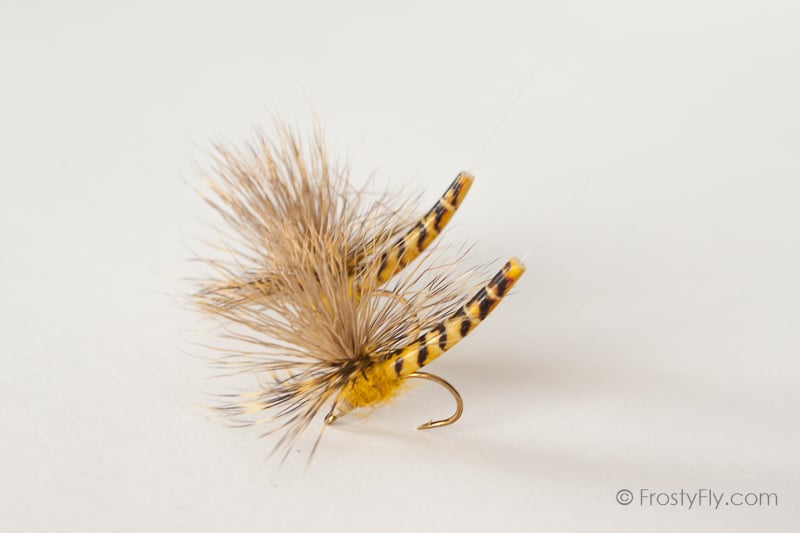
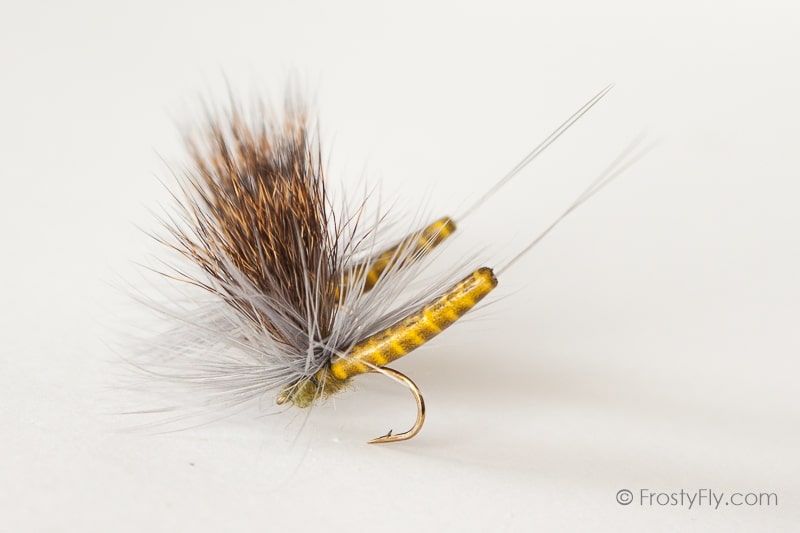
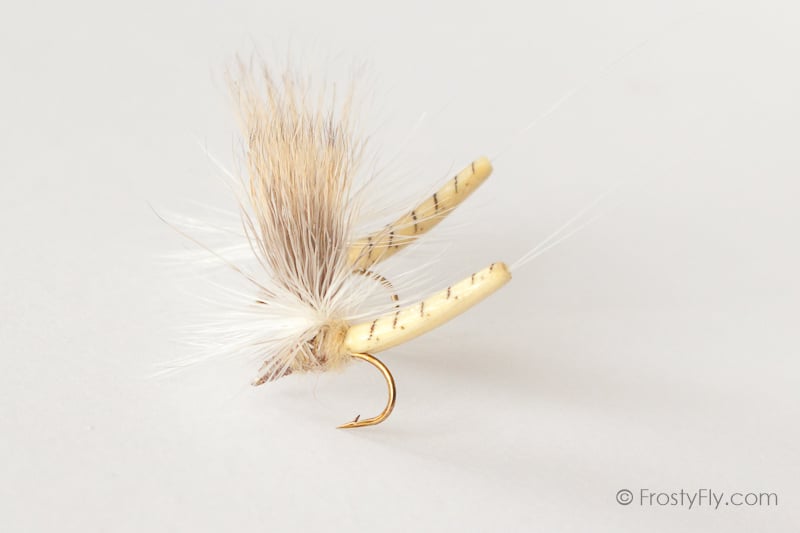
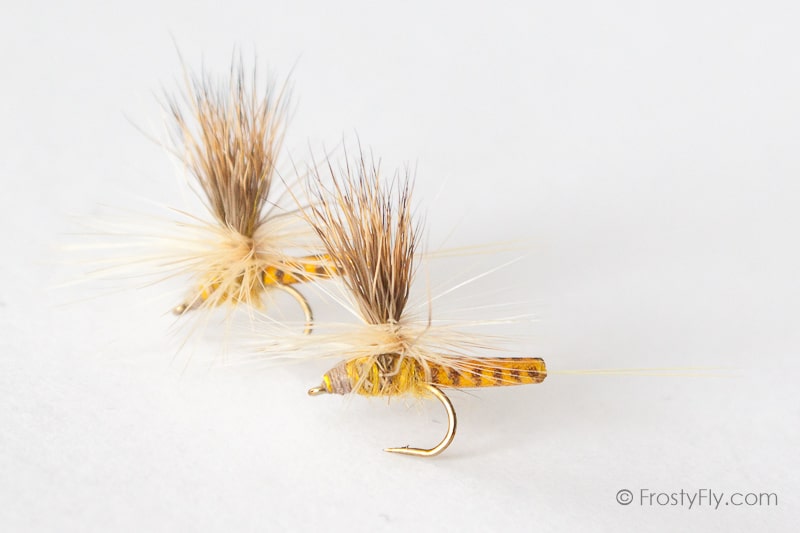
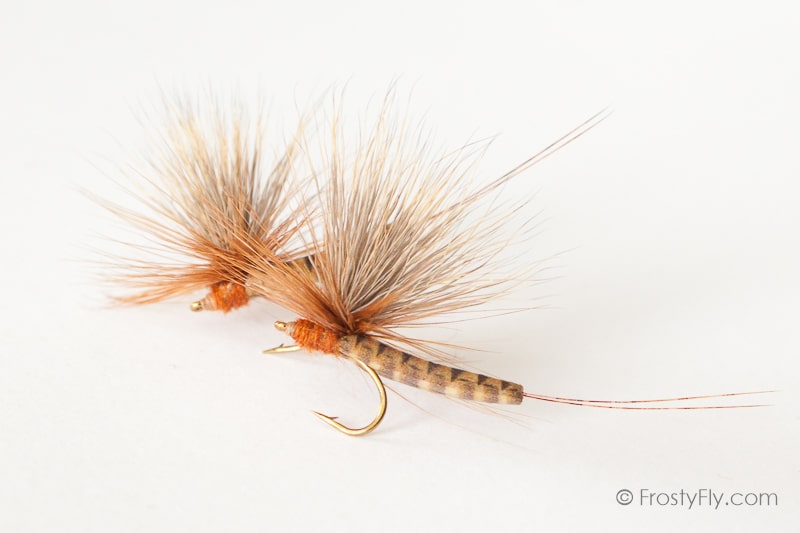

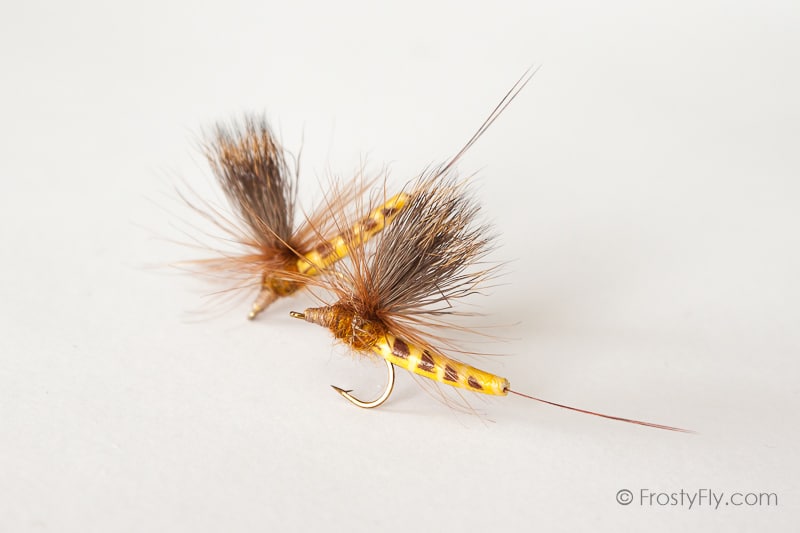
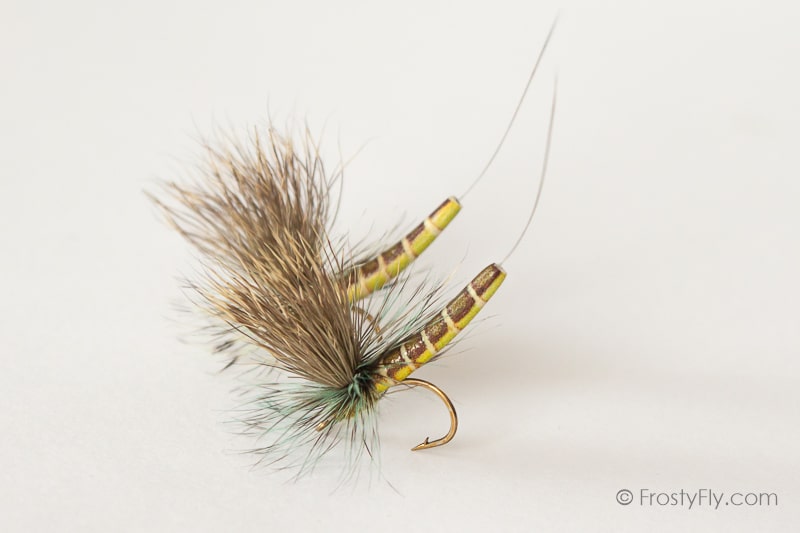

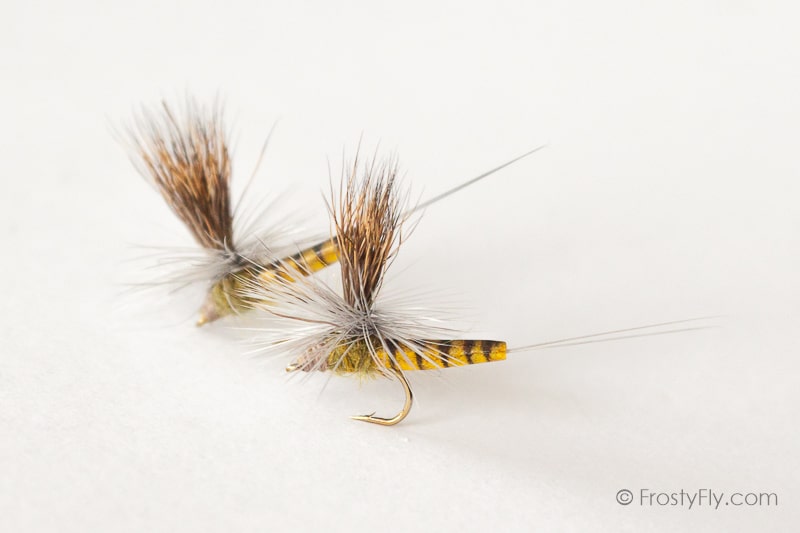

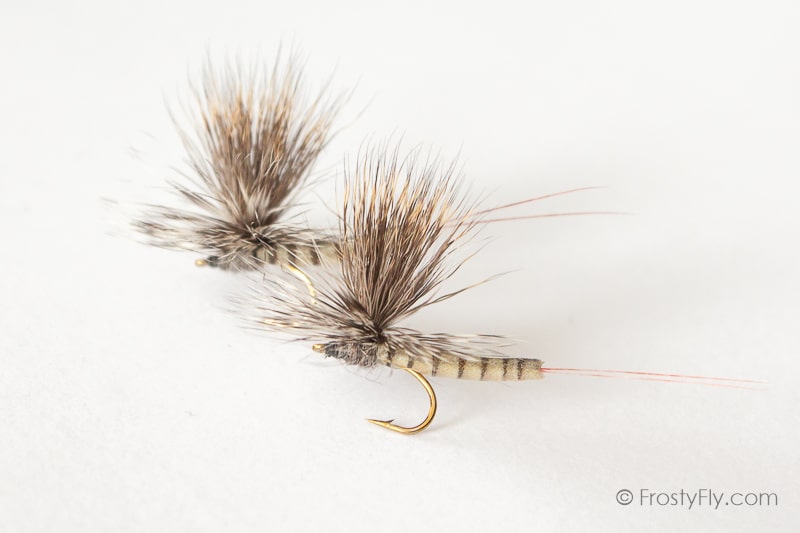

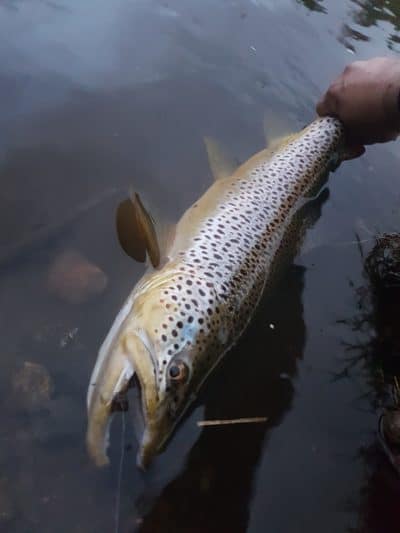
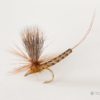
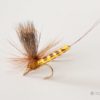
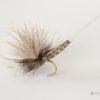
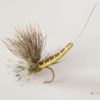
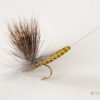
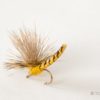
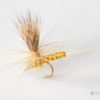
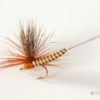
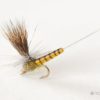
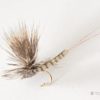
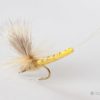
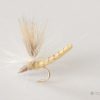
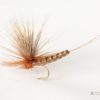
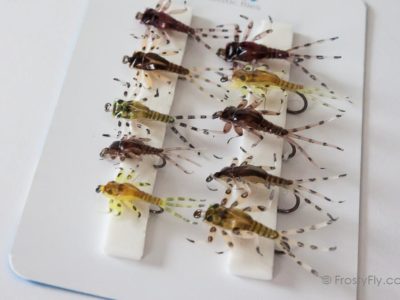
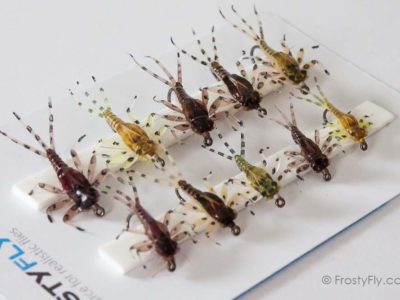
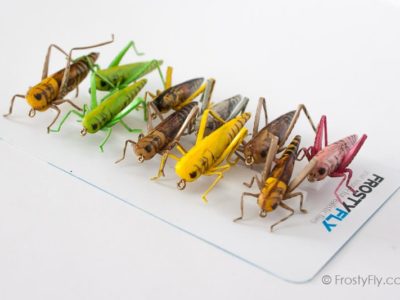
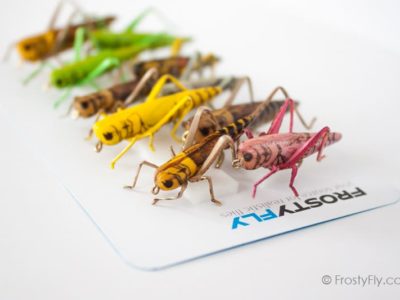
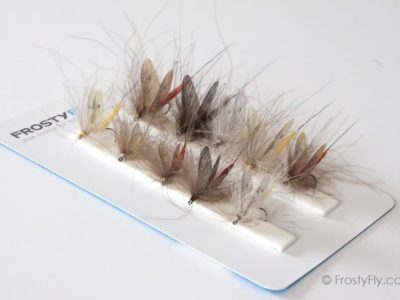
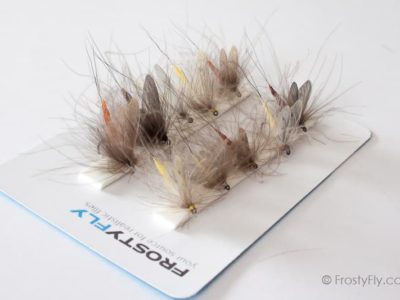
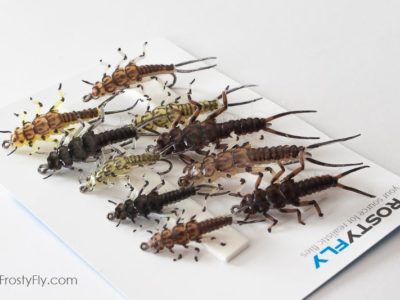
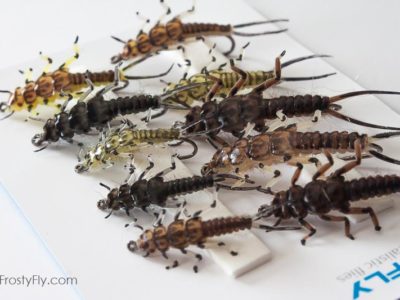
Dave (verified owner) –
These flys are so realistic, my homemade ties can’t compete. I have used the hoppers and bugs with great success all over the western rivers. I can’t wait for the spring to try these bad boys. There is a spot up swift creek where the trout only eat a pink body may fly. now I will own those fish!